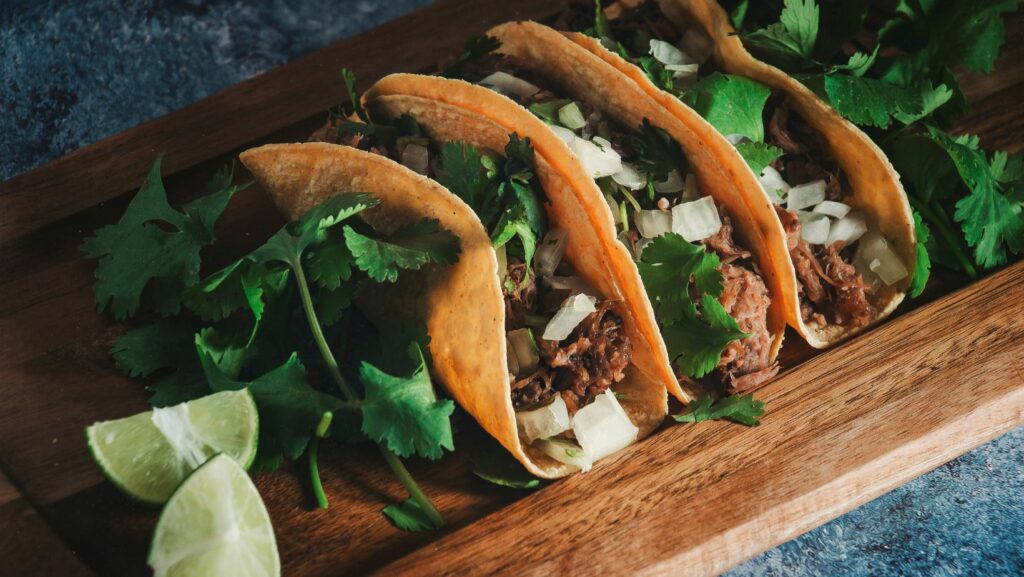What is a Food Trend

In the ever-evolving world of culinary delights, food trends play a significant role in shaping our dining experiences. A food trend refers to a popular style, ingredient, dish, or cooking method that gains widespread attention within the culinary industry and among food enthusiasts. These trends often reflect changing consumer preferences, cultural influences, and innovations in the food world.
From plant-based meat alternatives to viral food challenges, food trends can range from the innovative to the nostalgic, capturing the essence of the current gastronomic landscape. Exploring these trends offers a glimpse into the dynamic nature of food culture and the creative ways in which chefs and food businesses adapt to meet the demands of a constantly evolving market. Stay tuned to discover the latest food trends making waves in kitchens around the globe.
Exploring Food Trends
Food trends are the latest culinary movements that capture the attention of consumers and shape the way people eat. These trends often originate from various sources such as cultural shifts, health and wellness preferences, environmental concerns, or social media influence. Understanding and predicting these trends is crucial for chefs, restaurants, and food businesses to stay relevant in the ever-changing food industry landscape.

One interesting aspect of current food trends is the resurgence of traditional cooking methods being adapted for modern kitchens. For instance, learning to smoke fish at home has become a popular pursuit among culinary enthusiasts who appreciate the depth of flavor and the craft involved in smoking. This trend illustrates how traditional techniques are being revived and transformed to fit contemporary lifestyles, offering a hands-on approach to gourmet cooking at home. By analyzing data on ingredient popularity, consumption patterns, and market demands, they can identify upcoming trends and adapt their menus or product offerings accordingly. This proactive approach allows them to cater to evolving tastes and maintain a competitive edge in the market.
Moreover, collaborating with food influencers, nutritionists, and trend forecasters can provide valuable insights into the next big food craze. Leveraging social media platforms, food establishments can also monitor the buzz around certain dishes or ingredients, helping them capitalize on viral trends and attract a broader audience.
Exploring food trends involves a combination of market research, consumer analysis, and creative adaptation to meet the ever-changing demands of the food industry. By staying informed and actively engaging with emerging trends, chefs and food businesses can navigate the complex world of culinary innovation and deliver unique experiences to their customers.
Definition of a Food Trend
A food trend refers to a change in eating patterns, culinary techniques, or food flavors that become popular for a certain period within the food industry. These trends are influenced by various factors such as cultural traditions, health considerations, social media, and consumer preferences.
Culinary shifts in food trends encompass changes in cooking methods, ingredients, and presentation styles that gradually gain popularity and become widely adopted by chefs and food enthusiasts. Examples of culinary shifts include the rise of plant-based diets, fusion cuisine, and the use of sustainable and locally sourced ingredients.
Factors Influencing Food Trends
Culinary trends are shaped by several key factors that play a significant role in influencing the evolution of food preferences and practices. These factors encompass various aspects of society, culture, and consumer behavior, driving changes in how people perceive, prepare, and consume food.

- Cultural Influences: Cultural factors, including traditions, rituals, and heritage, exert a profound impact on food trends. Traditional dishes, cooking methods, and ingredients often form the basis for new culinary innovations and fusions that resonate with modern tastes.
- Health Considerations: The growing emphasis on health and well-being has led to a surge in demand for nutritious, organic, and functional foods. As consumers become more health-conscious, food trends reflect a shift towards healthier alternatives, superfoods, and dietary patterns that promote overall wellness.
- Social Media and Digital Influence: In today’s interconnected world, social media platforms play a pivotal role in shaping food trends. Food influencers, bloggers, and online communities contribute to the dissemination of culinary ideas, recipes, and dining experiences through engaging content like faceless reels, rapidly popularizing new food concepts and aesthetic trends.
- Environmental Sustainability: The increasing awareness of environmental sustainability has prompted a growing interest in eco-friendly and ethically sourced foods. Sustainable practices, such as farm-to-table initiatives, zero-waste cooking, and plant-based diets, are prevalent trends driven by eco-conscious consumer preferences.
- Technological Advancements: Innovations in food technology, such as molecular gastronomy, precision cooking devices, and alternative protein sources, have revolutionized the culinary landscape. These advancements not only inspire novel cooking techniques but also spur the creation of innovative food products that cater to diverse tastes and dietary requirements.

